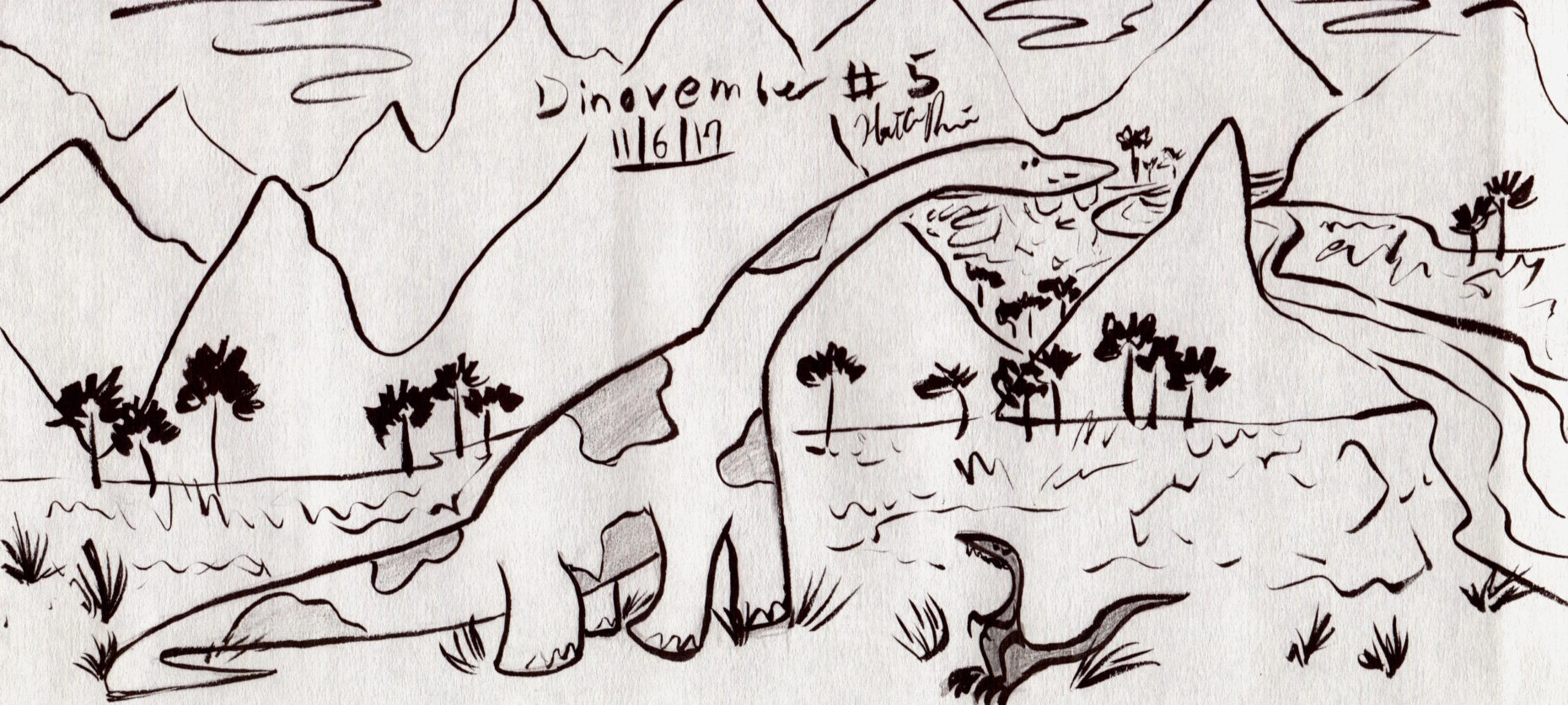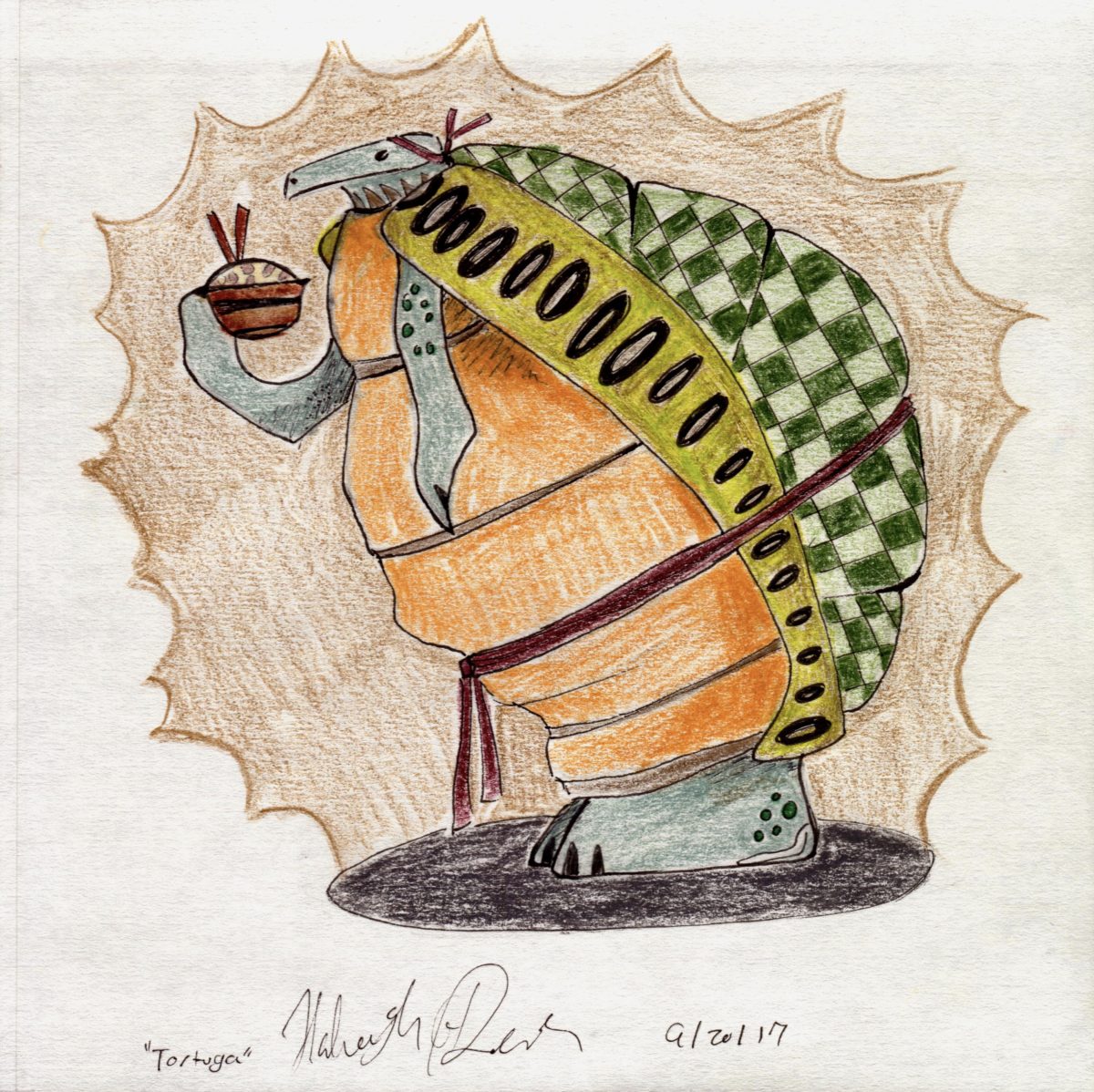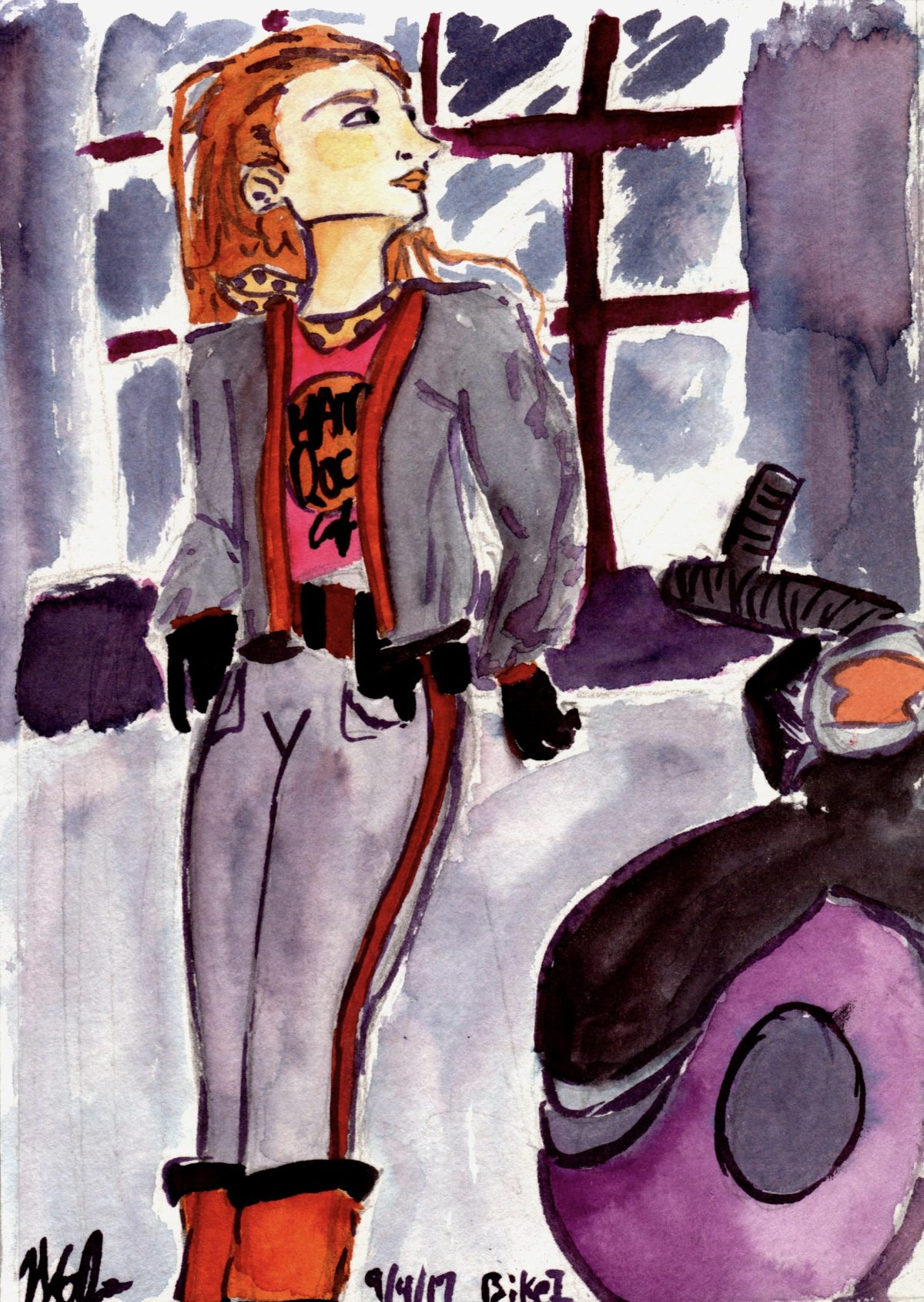I posted quite a bit later than I originally planned for the month of January because my business has been through some recent changes in the spirit of re-organizing my work schedule for 2018. With this, there are a few changes to the site that readers may want to be aware of:
Posting twice a month has proven somewhat of a strain on my work schedule, as I find it more lucrative (and fulfilling) to spend my time creating rather than networking. Also, my two-post-a-month policy has led to some pretty “shallow” posts (in my opinion) that do not delve deeply into the topics that many aspiring artists seek to hear discussed. These ankle-deep posts are not allowing me to fully relate my artistic journey either. Therefore, readers can look forward to deeper posts made less-regularly until further notice! Also, posts will not always include a drawing challenge but instead will address topics that are considered pertinent to the aspiring artistic community.
I will be sure to let readers know about any further changes as they come up. I have a lot planned for 2018!
Again, this change is made in the spirit of allowing me as a creator more time to work uninterruptedly on freelance work and personal projects as well as provide you with better content on my website.
With those necessary remarks out of the way, let’s dive right into today’s topic.

What if You Hate Your Art?
Even if you don’t state it this bluntly, I’m sure every dedicated artist has had the same basic experience: they spend countless hours or even days working on a piece of art; however, when examining their work retrospectively, they have to “talk themselves into” liking the piece. To make things worse, when shared with friends or family, the piece in question is dismissed or disregarded passively. In especially confusing cases, non-artists begin to identify problems with the piece and begin recommending time-consuming alterations to make it better.
What’s a creative to do? And why do we hate our work in the first place? After all, you thought you were the expert here!

The Artist’s Toolkit
The answers to these questions really aren’t that difficult to grasp and begin by understanding one fundamental rule of professional artistry – artists never plateau.
There is no high plain in existence that other, more famous or more experienced creatives have attained which allows them to stop learning, practicing and critiquing their own work. Many artists may make the “plateau” assumption because, they figure, once they have learned all there is to learn about color, design and drawing (through experience and/or “book” learning), they will have filled their Artist’s Toolkit with the necessary knowledge to create at their most advanced level. Other artists may not even be familiar with the principles of color, design and drawing, and are instead straining to develop a personalized style that will make up for a half-filled Artist’s Toolkit. I was stuck in this stylistic rut for many years to the point where I was trying to force the one thing that ought to come naturally as I developed my craft and made it my own.
The plateau method of thinking is fundamentally flawed. If you examine the testimonials of some of the most popular artists in history and online today, you get the feeling that they are in the same artistic journey as young artists are, looking forward to their next personal project, working on challenges/exercises that stretch and grow their creative muscles and staying in touch with an artistic community or a support group made up of all levels of artists. Think of a creative that inspires you to do the impossible with your art. Chances are that person has artists that he or she looks up to in the same way, and, chances are that person has a plethora of sketches and final artwork that they don’t particularly like, or at least would not call their best, hidden away in their attic.
Even so, for all the similarities, there are a couple real differences between professional artists and “younger” artists who have less experience. Namely, professional artists have (1) devoted quality (not necessarily quantity) time to improving their work through research, education and practice and cultivating their ideas and (2) are always looking for a higher plain.
As suggested above, these professionals know that their artistic accomplishments and overall growth are dependent on more than style or luck. Did you catch the word ‘growth’ in that last sentence? Professional artists don’t stop when they reach a plateau. They fill their already-extensive Artist’s Toolkit with whatever new knowledge they find there and look for the next hill to climb.
So, do you hate your art? Join the club, but don’t stop creating. Dedicate yourself to becoming even better.
Have you reached a plateau in your art? Look for another, higher hill to conquer.
Are you standing on the precipice of the highest hill? Look to the skies. You have nowhere to go but up.
And don’t forget to fill your Artist’s Toolkit along the way!




Leave a Reply